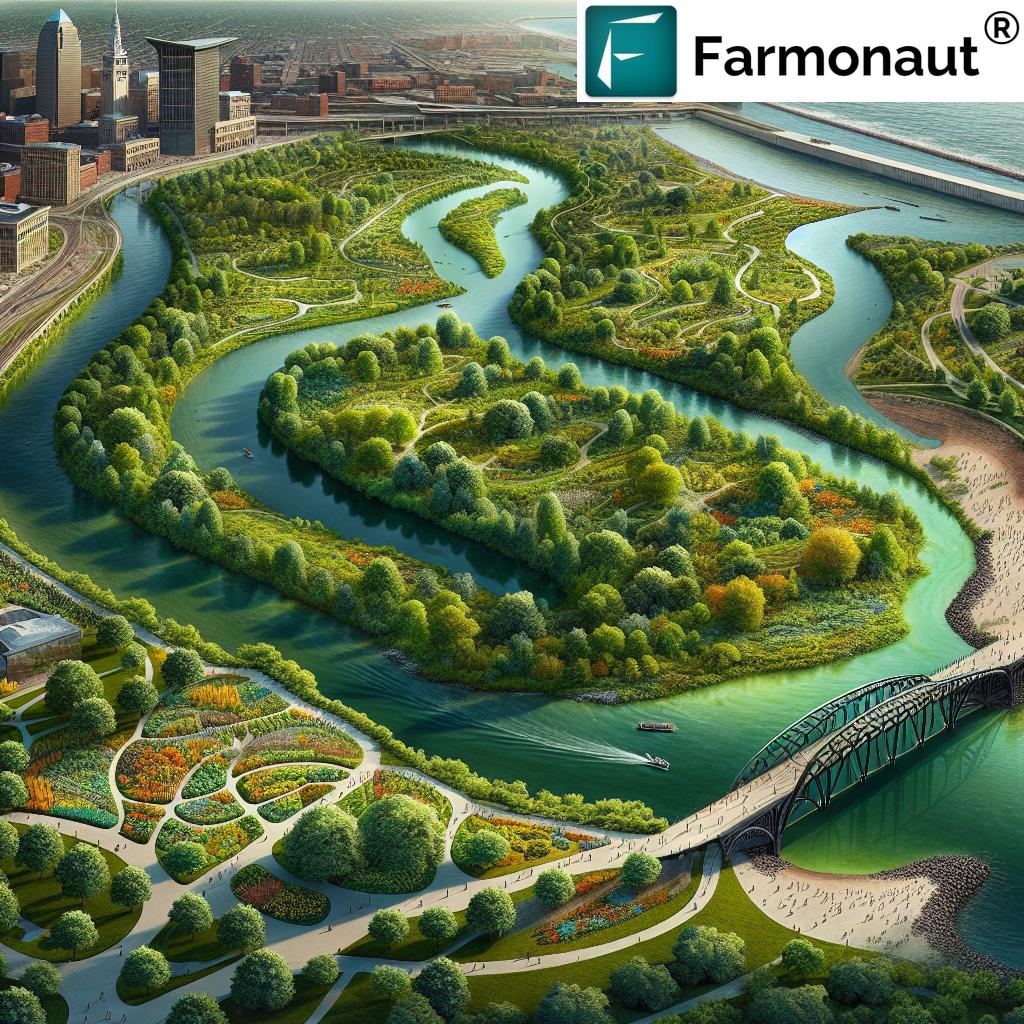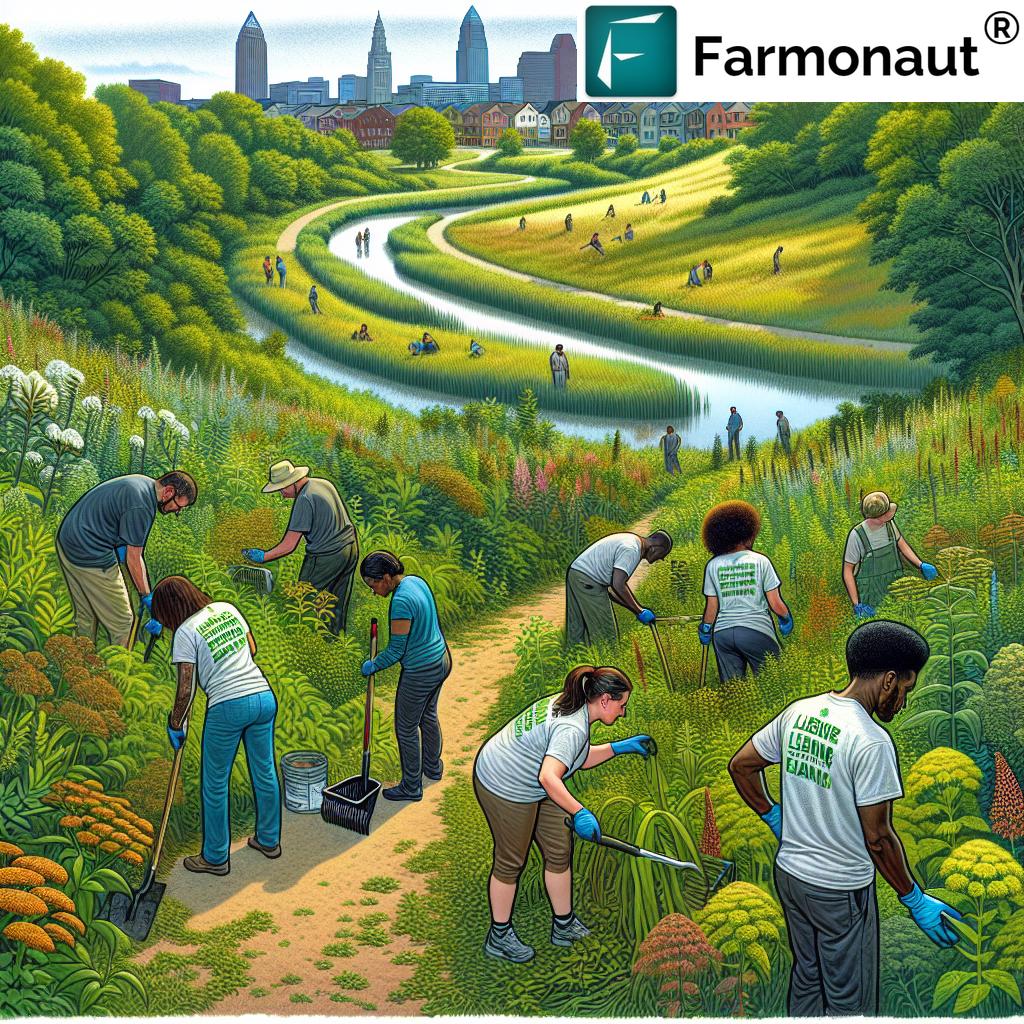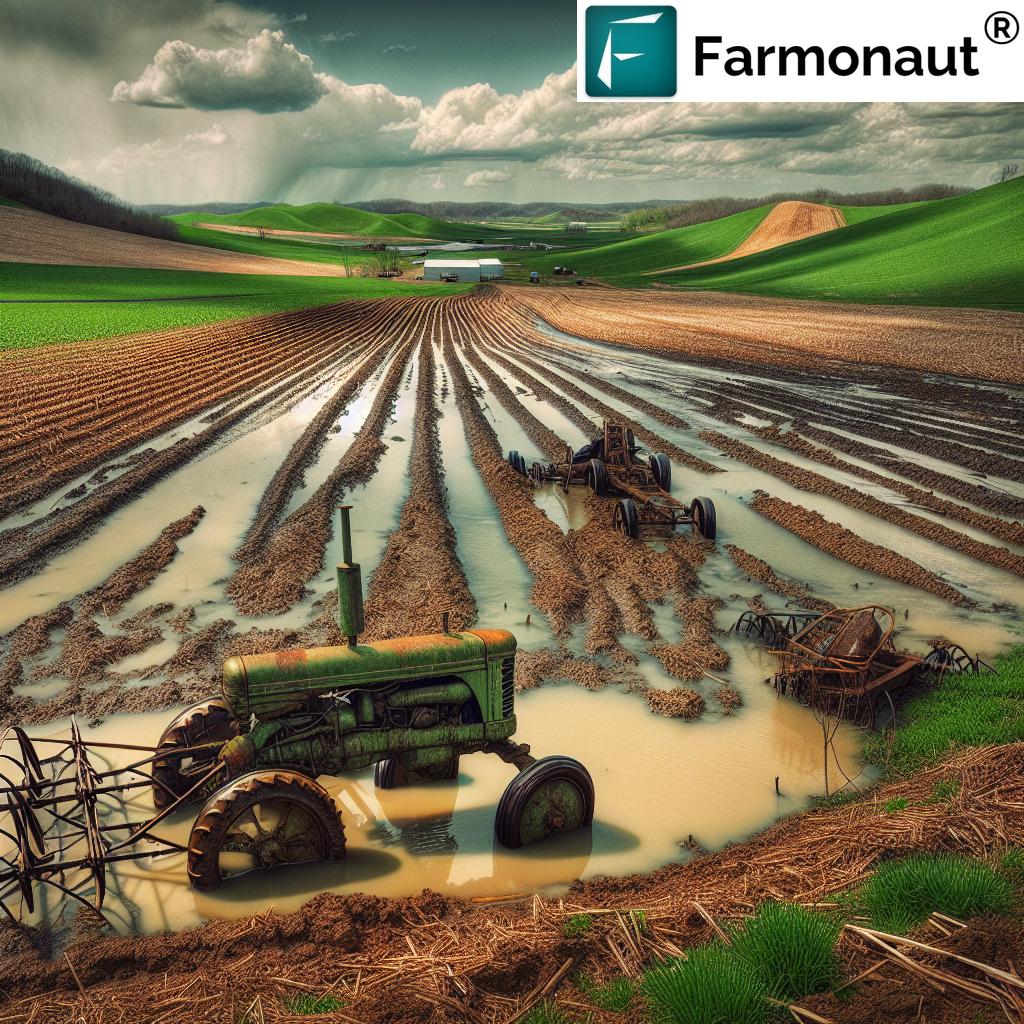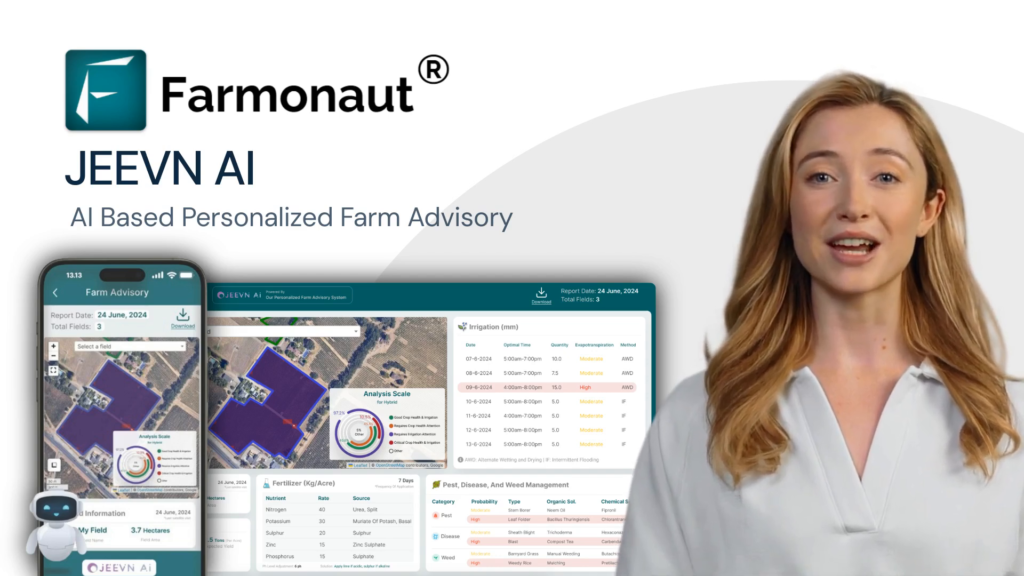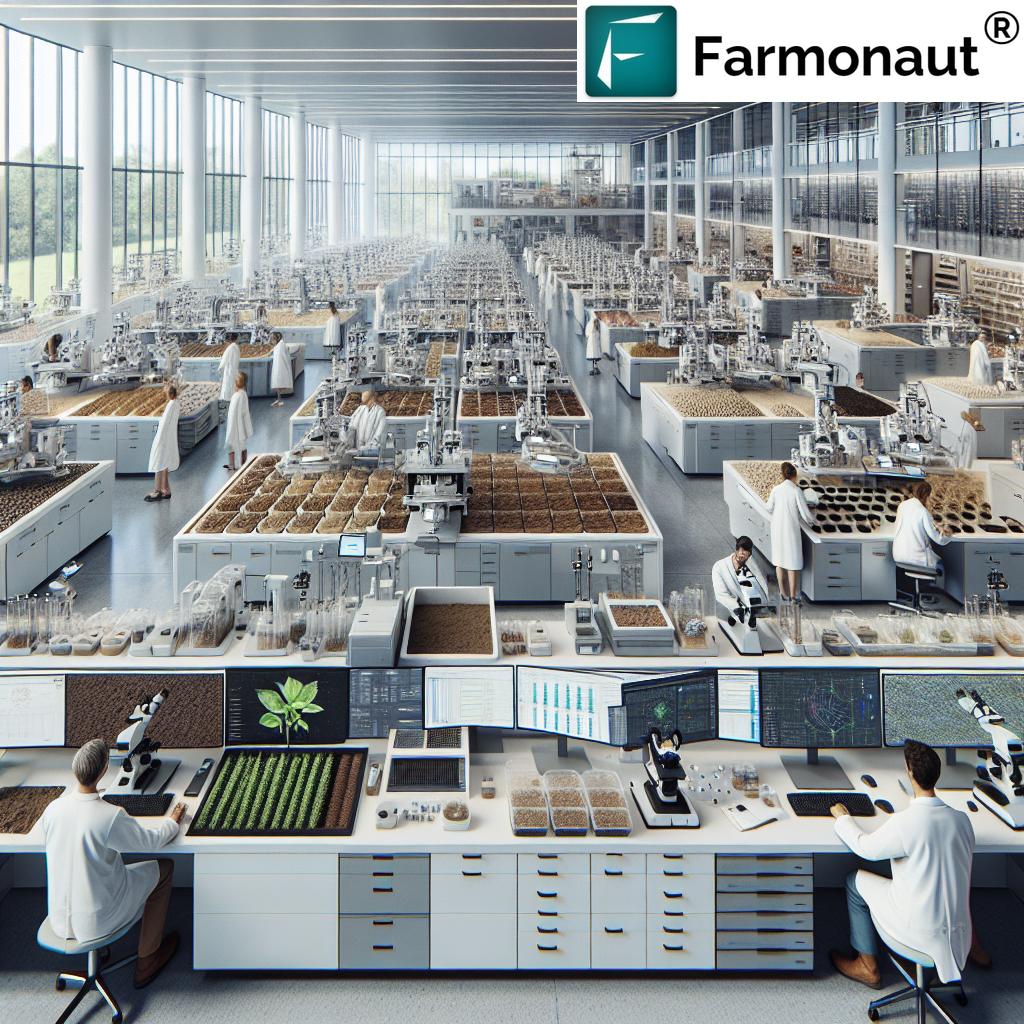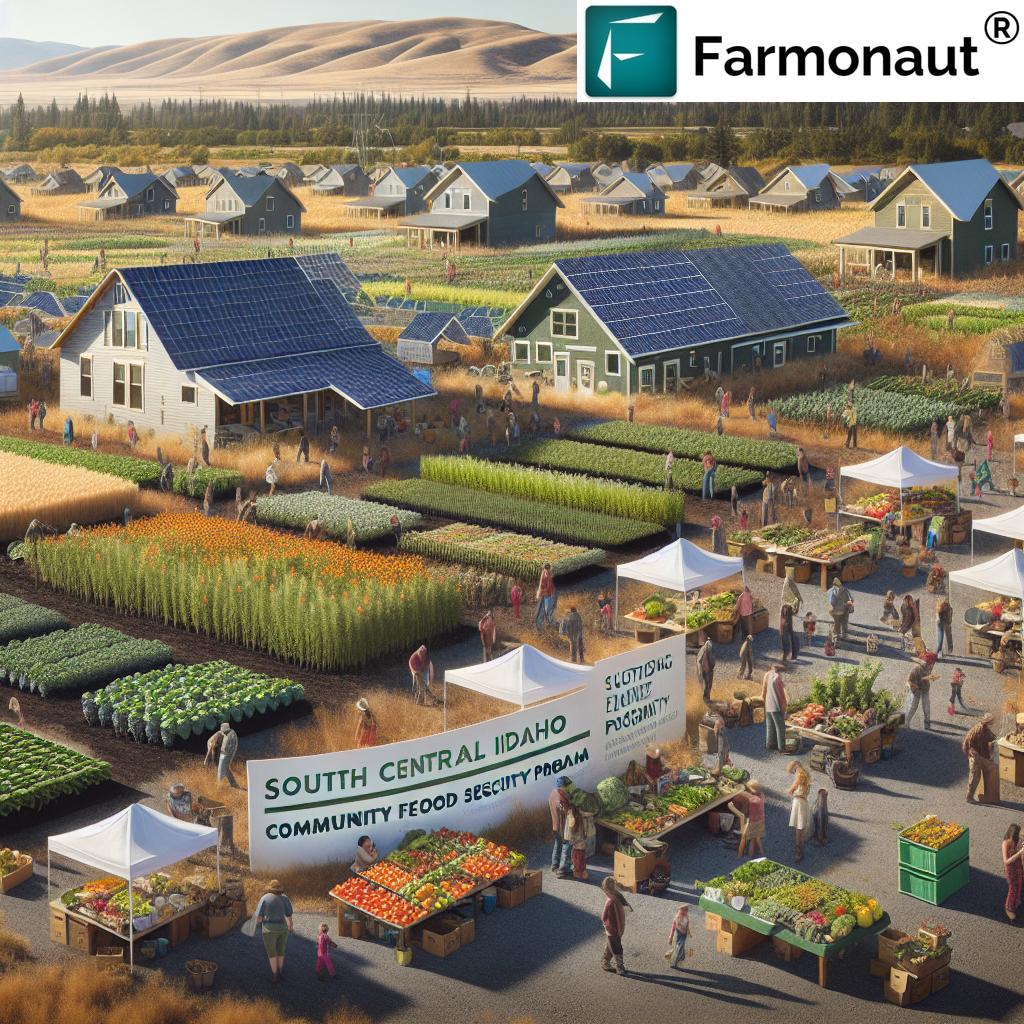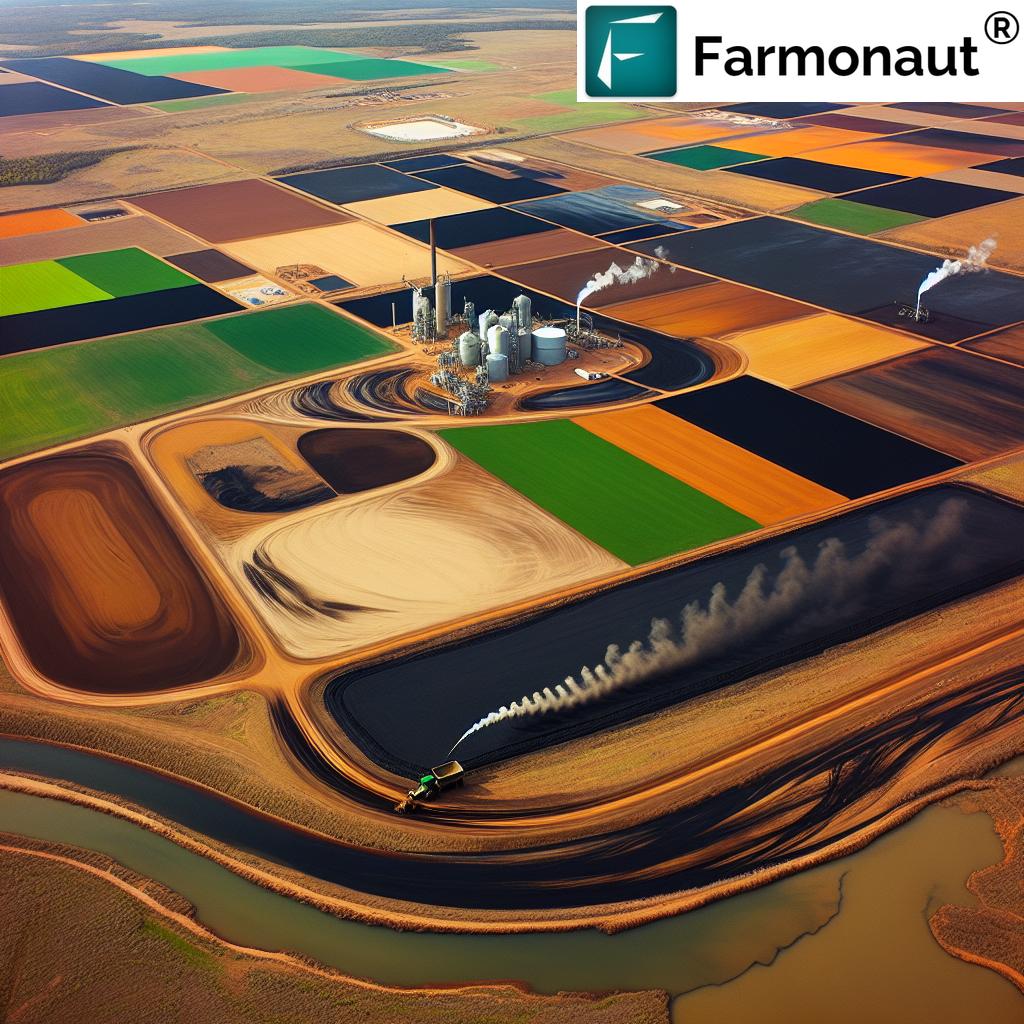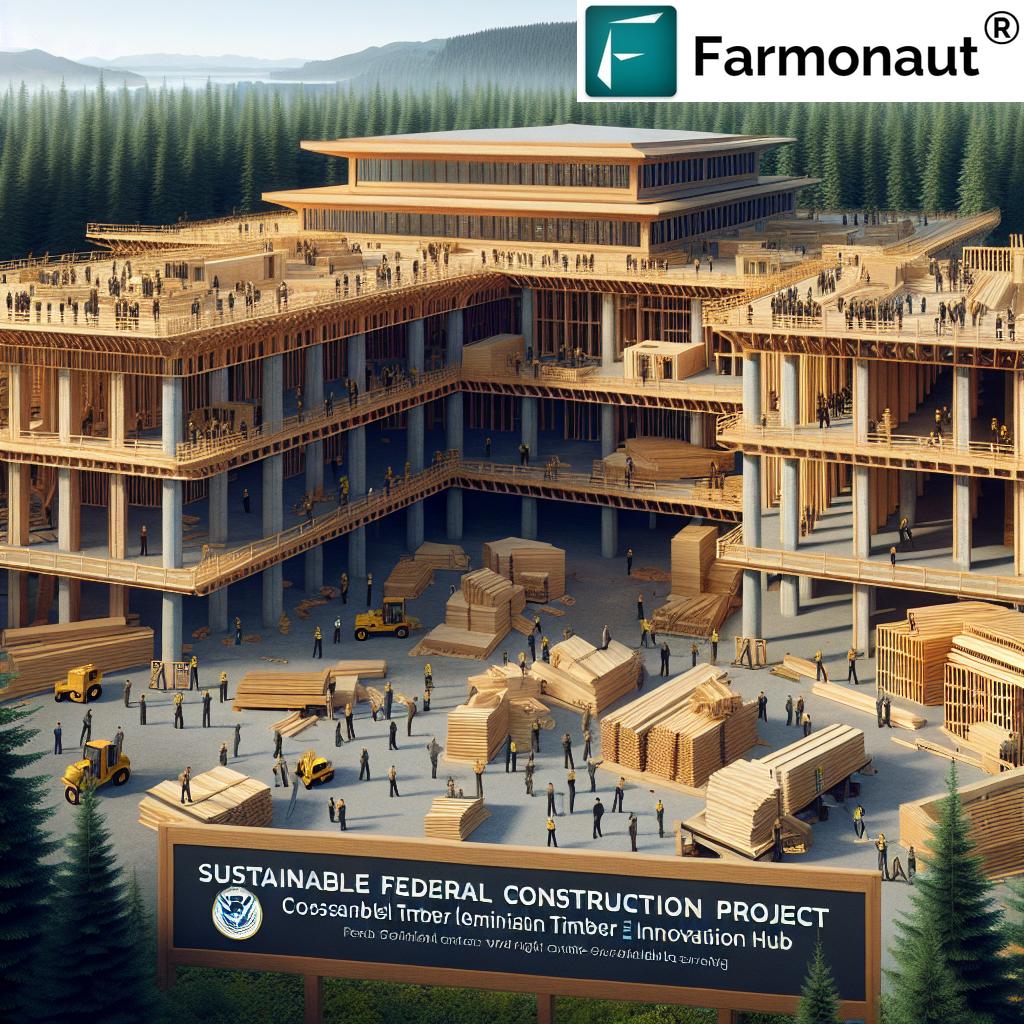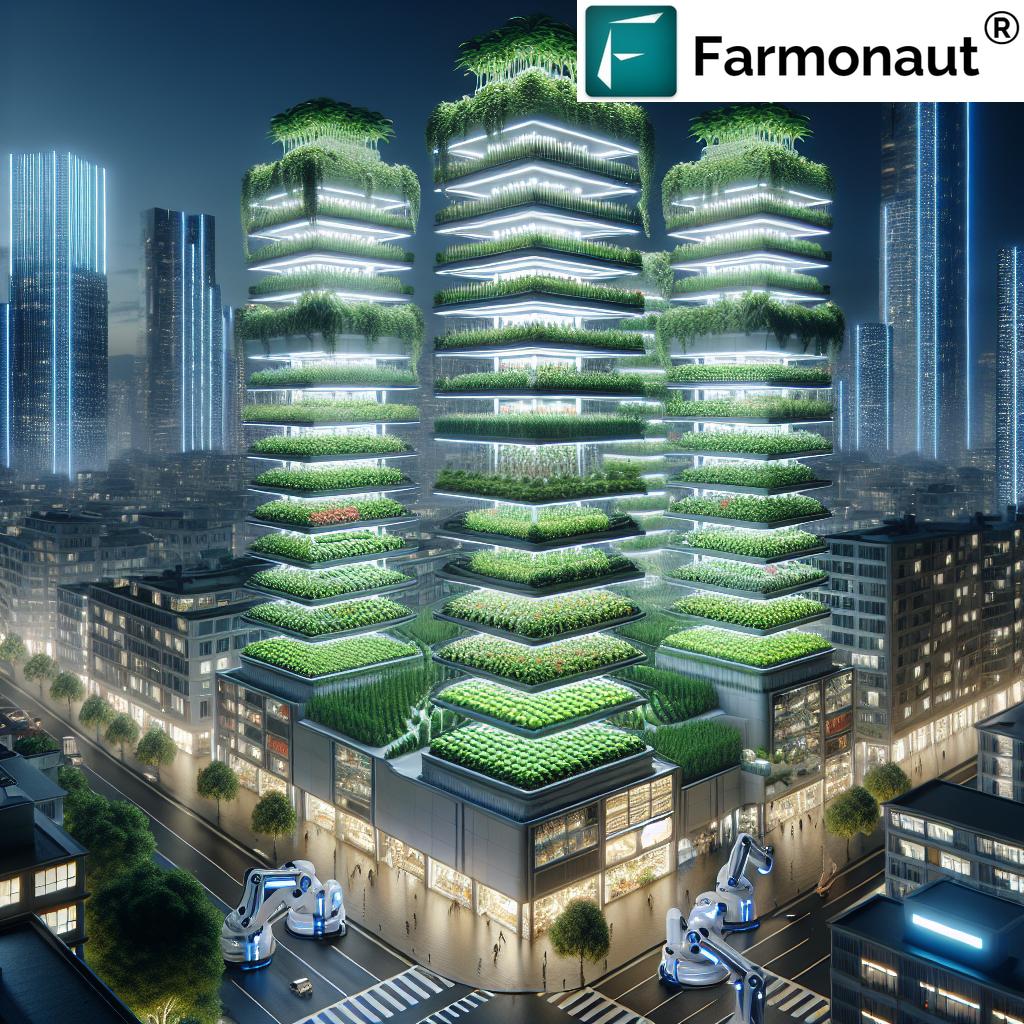Cleveland Riverfront Park: 5 Powerful Changes Shaping Greenspace
“Cleveland Riverfront Park adds over 23 acres of greenspace, enhancing urban sustainability and community recreation in Ohio.”
Introduction: The New Face of Public Greenspace in Cleveland
The Cleveland Riverfront Park and the ambitious Irishtown Bend trail are at the heart of one of the most significant urban transformations in Cleveland, Ohio. After years of discussions and planning, what was once a steep, unstable, and overgrown riverbank is now being reshaped into an accessible, verdant area that extends the reach of metroparks in Ohio, protects valuable soil, and provides a new, sustainable hub for recreation, ecology, and public enjoyment.
This comprehensive exploration takes us on a journey through the vision, ongoing efforts, and environmental triumphs of this urban park project. As we examine the moments and decisions that define the development of public greenspace Cleveland, we’ll see how diligent work—like invasive plant removal Ohio and extensive earthworks—enables not only the creation of hiking trails and rest spaces, but also safeguards the riverbank soil and connects the neighborhood to Lake Erie park access.
Before-and-After Impact Comparison: Riverfront Park & Irishtown Bend Trail
To illustrate the scale and magnitude of the changes, let’s look at a before-and-after comparison. This table highlights the park’s impact on accessibility, soil protection, event capacity, ecosystem restoration, and community integration.
| Greenspace Feature | Before Park Development (Estimated Values) | After Park Development (Estimated Values) |
|---|---|---|
| Public Accessibility (Number of Access Points) | 2 | 7+ |
| Soil Erosion (Tons Reduced per Year) | High (Unmeasured; elevated risk) | >2,000 tons reduced |
| Metroparks Connectivity (Miles Added) | 0 | 2.2 (new trail segment) |
| Community Event Capacity (Estimated Attendance) | <1,000 | 2,500+ |
| Native Plant Coverage (% Area Covered) | 15% | 70%+ |
5 Powerful Changes Shaping Cleveland Riverfront Park
The creation of Cleveland Riverfront Park and the construction of the Irishtown Bend trail are more than just landscaping and trail-building—they mark a foundational shift in our relationship to urban natural spaces, community health, and environmental stewardship. Let’s explore these five transformative impacts:
1. Stabilizing the Hillside for Future Generations
- Protecting the Riverbank Soil: The steep bank between the RTA Rapid and Veterans Memorial (Detroit-Superior) bridges has long been a concern due to instability, erosion, and prior soil dumping. Without this stabilization, continued slippage risked not only public access but also active river shipping routes critical to Cleveland’s industry.
The solution? A major riverbank soil protection project that has seen 170,000 cubic yards of soil, filled by decades of growth and debris, carefully removed—equivalent to 14,000 dump trucks! Following this are bulkheads with deeply driven pilings and anchors that have secured the hillside bedrock and river edge for both public safety and commerce.
- Infrastructure for Urban Sustainability: With stability comes opportunity—not only does this effort preserve the integrity of the waterway by actively controlling erosion, it also enables the area to safely host new greenspace for generations to come.
As a model for other urban park development Cleveland projects, this approach demonstrates how investing in infrastructure can lay the groundwork for vibrant, sustainable city living.
2. Transforming Access: The Irishtown Bend Trail
- The Trail as a Community Connector: One of the boldest ambitions is connecting Lake Erie with the Towpath Trail, extending the Cleveland area trails network nearly 100 miles south towards New Philadelphia. The goal is clear: increase access to metroparks in Ohio for everyone, regardless of background or mobility.
- Unlocking New Experiences: The 2,200-foot multipurpose trail will offer pathways for walking, running, cycling, and direct connections from Ohio City and the West Side Market area to the river’s edge—a milestone that’s been underway in various forms since the 1980s.
With completion expected by 2027, Cleveland hiking trails will achieve unprecedented continuity, empowering residents and visitors to explore miles of public greenspace Cleveland previously hidden or unreachable. The transformation will bring more than 23 acres of previously difficult land into viable, accessible recreation areas.
3. Restoring Native Ecology & Managing Growth
-
Invasive Plant Removal Ohio: Opening Views and Promoting Diversity
When crews began the process of clearing the hillside, they found that weeds, invasive plants, and unmanaged trees dominated, obstructing stunning city and river views. The targeted invasive plant removal Ohio initiative has now replaced these with plans for more native plants that stabilize soil, support biodiversity, and create new habitats for pollinators and birds. -
Biodiversity for Resilience:
A healthy balance of trees, shrubs, and ground cover will protect the area from future erosion, enhance air quality, and contribute to the overall environmental health of Ohio. The project also exemplifies how urban greenspace, backed by proper ecological management, can resist the future spread of invasive species.
This ecological renewal supports wider community education, encouraging stewardship and sustainability in everyday life. By actively managing the growth of new and existing plants, we’re ensuring this greenspace can thrive for years to come.
4. Metroparks in Ohio: Connecting Urban Life to Nature
-
Bridging Neighborhoods via Parks and Trails:
As the last missing segment linking Lake Erie to the Towpath Trail, the Irishtown Bend trail completes an almost unbroken green corridor that extends 100 miles south. This isn’t just an engineering accomplishment—it’s a fundamental shift in how we access and use our urban metroparks. Residents of Cleveland will soon enjoy seamless passage from neighborhoods to lakeside and riverfront park areas. -
Integrating Recreation with Ecology:
The design of the park offers a balance between public gathering spaces and wild, natural habitats. It creates opportunities for events, education, and relaxation with panoramic downtown and river views, while still supporting the river’s use for shipping and industry.
This integration provides a model for similar urban park development Cleveland projects—showing that cities don’t need to choose between economic vitality and environmental stewardship.
5. Sustainable Urban Park Development for the Future
-
Phased Development for Long-Term Success:
With more than 23 acres of new public greenspace Cleveland scheduled for activation in phases, the park’s buildout reflects a commitment to both immediate impact and long-term stewardship. Each stage—from the opening of the multipurpose trail to the rerouting of major roads—incorporates sustainable design principles and ongoing ecological management. -
Community-Inclusive Planning:
The project is designed to serve the full spectrum of Cleveland’s population, from luxury housing to public housing residents. By providing equitable access points—such as the new Franklin Boulevard alignment—urban park development Cleveland is truly unlocking the river for all. -
Reducing Carbon Footprint & Enhancing Resilience:
The expanded green coverage and reduced need for car travel to greenspace will cumulatively lower carbon emissions. This aligns seamlessly with global and local sustainability targets.
Discover how your organization, municipality, or farm project can actively monitor and reduce its environmental impact using Farmonaut’s carbon footprinting platform. Get real-time data and insights for sustainable planning!
The ultimate result? An inclusive, sustainable metropolitan oasis—right on the banks of the Cuyahoga River.
Farmonaut Technology & Environmental Solutions: Supporting Urban Greenspace
As we reflect on these changes, let’s pause to explore how satellite-driven platforms like Farmonaut are revolutionizing not just agriculture, but also land management and urban greenspace planning. By leveraging advanced technology, communities and planners can:
- Track vegetation health and soil moisture across large land areas using up-to-date multispectral satellite imagery.
- Develop robust blockchain-based traceability records, enhancing transparency for sustainability projects and public sector land management.
- Assess and manage urban park growth, health, and environmental impact—without the high costs of traditional field surveys.
- Provide scientific basis for invasive plant removal Ohio and monitor restoration of native trees and shrubs.
- Support fleet and logistics management for urban greenspace maintenance. Learn more about Farmonaut’s Fleet Management system
- Streamline large-scale land management with satellite monitoring tools—explore the Large Scale Farm & Land Management App
For developers, planners, and environmental agencies in Cleveland and beyond, Farmonaut’s satellite and weather API is a game-changer. Extract real-time imagery, weather, field data, and much more with Farmonaut’s API.
(API Developer Docs)
“Irishtown Bend trail increases metropark access for 15,000+ residents, while stabilizing 3,000 feet of riverbank soil.”
Frequently Asked Questions about Cleveland Riverfront Park & Irishtown Bend Trail
1. What is the Cleveland Riverfront Park, and why is it important?
The Cleveland Riverfront Park is a transformative initiative in Cleveland, Ohio that reclaims over 23 acres of formerly inaccessible riverbank and hillside land. It converts this area into sustainable, accessible public greenspace, connects diverse neighborhoods, and provides much-needed recreation, education, and community gathering spaces.
2. How does the Irishtown Bend Trail enhance urban greenspace?
The Irishtown Bend Trail links Lake Erie with the Towpath Trail, significantly improving metroparks connectivity. This trail segment not only increases access to Cleveland area trails but also stabilizes the riverbank, combats erosion, and restores native habitats along the river corridor.
3. How is soil erosion being addressed at Irishtown Bend?
Soil erosion is addressed through the removal of unstable fill, installation of more than 203 pilings and anchors along the riverbank, and the establishment of new bulkheads. This engineering prevents further sliding and protects riverbank soil for generations.
4. Why was invasive plant removal necessary? What comes next?
Invasive plants, weeds, and unmanaged growth previously choked the hillside. Removing these has “opened” the landscape to new views, and replanting native trees and plants creates healthier, more resilient urban ecosystems.
5. When will the Cleveland Riverfront Park and Irishtown Bend Trail be complete?
The Metroparks anticipate the multi-purpose trail will open by 2027. The larger park buildout will be developed in phases, with initial sections available as early as 2028. Ongoing collaboration with stakeholders will determine the final timeline.
6. Who benefits from these changes?
The benefits are spread widely: residents, commuters, outdoor enthusiasts, the local economy, ecology, and even industry that relies on stable shipping routes. Nearby neighborhoods—ranging from luxury condos to public housing—now enjoy equitable, walkable access to the riverfront.
7. What role can technology, such as Farmonaut, play in greenspace development?
Platforms like Farmonaut provide satellite-driven tools for monitoring soil, plant health, and ecosystem changes at large scale. They support data-driven decision making, resource optimization, and traceability for sustainable land management. Learn more about Farmonaut’s platform and download the app today.
8. How are Lake Erie park access and metropark links improved?
The new trail and roads will create easier, safer connections from downtown Cleveland, Ohio City, the Flats, and neighborhoods to Lake Erie park access points. This stimulates active living, tourism, and community health.
9. Why is phased urban park development important in Cleveland?
Building the park in phases allows for continuous improvement, engagement with local stakeholders, and ongoing adaptation to community needs. It ensures that every stage delivers real environmental, recreational, and access benefits.
10. How can residents stay updated or get involved?
Monitor progress via Metroparks announcements and public meetings, or participate in community cleanups and restoration events. Download the Farmonaut app to explore environmental monitoring for your own greenspace projects!
Conclusion: A Greener, More Connected Cleveland
Together, the revitalization of Cleveland Riverfront Park and the addition of the Irishtown Bend trail signify a new chapter in the city’s relationship with its natural resources, residents, and regional identity. From solid ground to open vistas, from the careful management of soil and plants to broadening the public’s access to metroparks in Ohio, this urban transformation combines engineering, ecology, community input, and smart technology.
As we look to the future, the lessons and models from Cleveland’s riverfront greenspace project—supported by advanced platforms like Farmonaut—will influence cities worldwide in sustainably integrating nature into urban life. The ripple effects will be felt in every footstep on a new trail, in every event held in the park, and in every species that finds its home in these newly restored habitats.
To learn more, manage your own land or urban greenspace project, or access industry-leading tools for environmental monitoring and sustainability, explore Farmonaut’s all-in-one platform, or get started with the resources, API access, and expert insights available today.
Let’s continue building the future of Cleveland—one trail, one tree, and one community space at a time.
Enabling easy, affordable access to financing for urban, peri-urban and rural land projects — with satellite-based verification.


